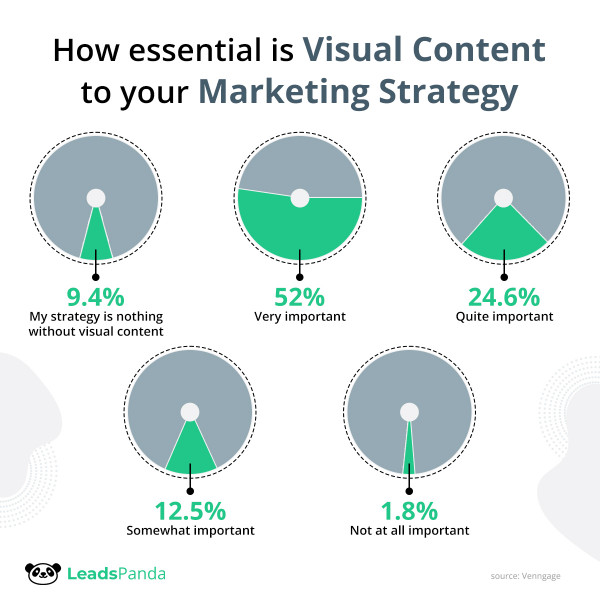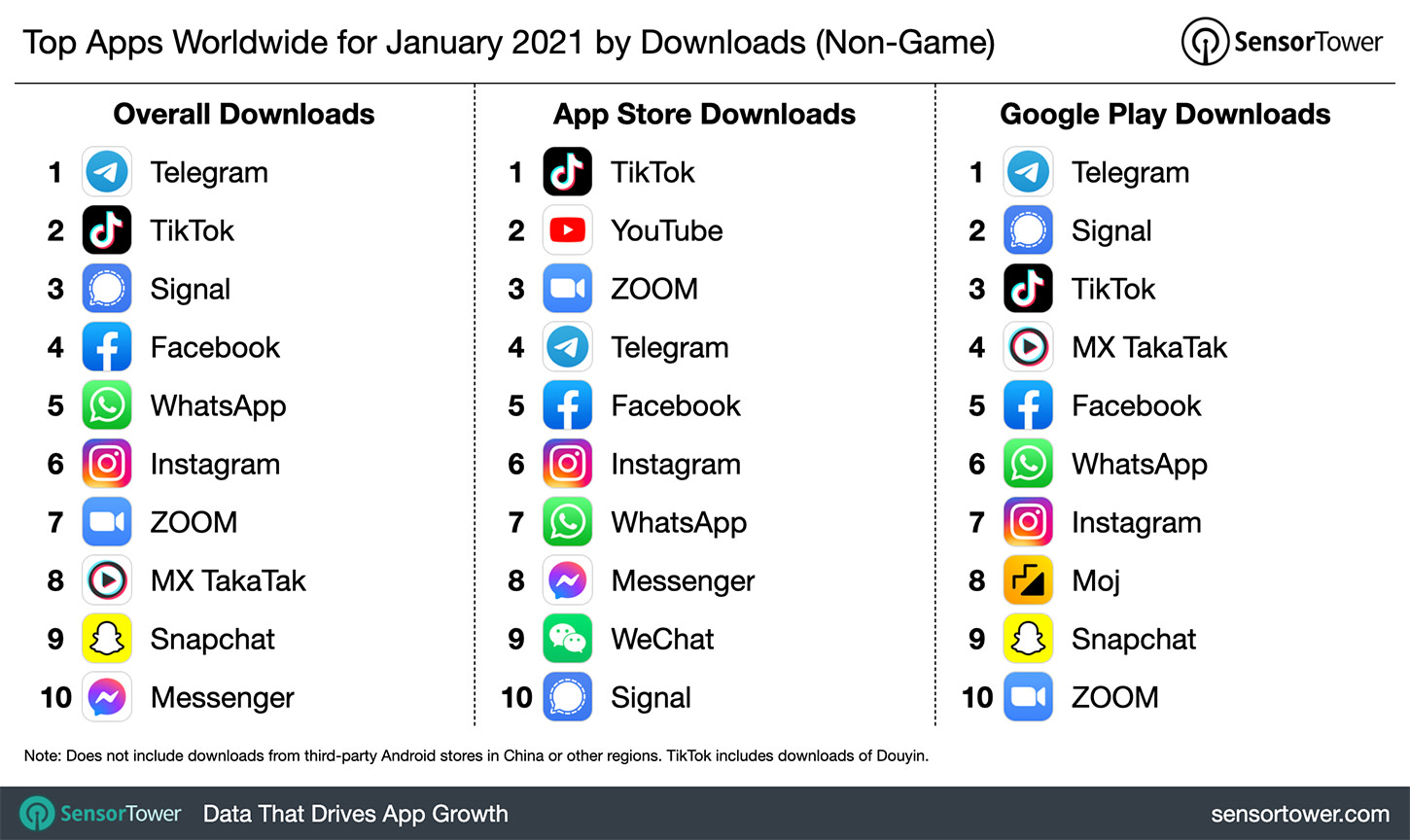Visual Content Marketing Trends You Need to Know
Among all the content marketing trends that have redefined modern strategies, none have made a bigger impact than visual content. Nearly half of marketers consider visual marketing to be a very important aspect of their overall marketing strategy.
This focus on visual content was prompted by the realization that visuals were more engaging for their customers. Making interactions with customers more meaningful allowed businesses to foster trust with their core audience.

It’s no surprise, therefore, that we continue to see trends that are reshaping our approach to video in content marketing. Here are some worth noting:
1. The use of more authentic, brand-driven content
It’s not enough to have a presence online; your audience wants to get to know you—they want to see who the people behind the brand are.
In the context of visual content you can do this by:
- Introducing your CEO via a video and having them talk about company history.
- Giving a behind-the-scenes look at your operations via platforms like Instagram reels or TikTok.
- Adding more images to your website to show how your office looks.
- Using images to show the people behind your products and not just showing the products themselves.
The key here is to be consistent. Add a featured section in your website and make it part of your content calendar. Audiences today are craving authenticity versus highly aesthetic visuals, so show the real people behind the brand.
In terms of tone, avoid being too sales-y or pitching constantly about your products. Speak directly to your customers and demonstrate real use cases they can relate to. Be sincere, honest, vulnerable, and don’t be afraid to share your unique perspective on things.
2. Reusing old content and converting it into visual materials
Lists have long been a popular form of content so it’s likely you have a lot of these in your archives. Breathing new life into old, evergreen content and converting your old lists into graphics is definitely a visual content marketing trend you should try.
With tools like Canva, it’s become so much easier to convert your lists into graphics that help add visual interest and highlight important information in your posts. Sometimes you can even convert an entire blog post into a full infographic that makes the material more shareable on social media.
Remember, our brains process visual content and images 60,000 times faster than text. This is a big reason why visual content ultimately becomes more engaging and effective when it’s repurposed from its written form.
3. Optimizing visual content for search engine compliance
You go to great lengths to improve your SEO for written content; it’s about time visual content gets the same treatment.
This shift puts equal focus on all the visual content in your marketing strategy and means images can be properly indexed by Google in searches. It also makes it so much easier for others to find you so they can link to your content.
Try producing your own visual data. Create and design your own graphs and visual concepts so you can build your reputation as an authority in your niche. This also makes it easier for your content to be found by other publishers who may link to your materials as well.
4. Live streaming video content
Live video streaming has increased significantly through the years. A big part of this is because the tools necessary to make this possible have become so much more accessible as content marketing technology evolved. Where marketers once had to rely on sophisticated equipment and extensive technical expertise, these days, all you really need is a smartphone and the right apps.
With apps like Instagram stories and reels, Twitch, TikTok, Facebook Live and other similar platforms, you can give your audience content with a sense of immediacy that can make them feel more connected to your brand and more engaged with what you have to say.
Because you’re giving them content in real time, users are able to share their thoughts and questions directly on the platform. This makes it easier for brands to engage with their customers, doubling the engagement that pre-recorded videos generate.
5. Adding bite-sized video content to your content marketing lineup
Whether you’re adding it to existing content or developing a dedicated social media page for it, bite-sized, organic video content is gaining a strong foothold among key audiences.
Again, this is largely because audiences today are craving more authentic content—and technology now allows content creators to quickly produce and upload this video format. If you need any proof, one only has to look at the consumer appetite for this particular content format. In fact, in 2021, TikTok became the second most installed non-gaming app.

These short clips are fun, easy to produce and are perceived to be authentic. They deliver their message quickly, making it easy for the audience with their ever-shortening attention spans to absorb what you have to say.
6. Including shoppable visual content
Being able to buy products directly from social media platforms is now a must and various sites are supporting this growing trend by incorporating the feature in their platforms. This is an especially important trend for ecommerce and retail sites who can now combine social media interest in their products and provide a direct link to encourage a purchase.
The trend isn’t just limited to social media, either. While it’s most prominently used across social networks, it’s not surprising to see shop links or barcodes that can lead customers directly to digital catalogs, portfolios, lookbooks, posts or any material that can help increase customer engagement.
Bottomline?
Visual content is changing the way brands can interact with their customers. Through visual content marketing, businesses can be more authentic, more engaging, and establish themselves as more credible and authoritative sources of information in their niche. These trends will define where content marketing is headed in the coming years and you’d do well to include them in your strategy today.
If you want to learn more, reach out to us. Book a consultation or get started with LeadsPanda to find out how we can help you.
For any questions, leave a comment below or check out our LinkedIn or Twitter.
Share This Story
Get the latest growth ideas, strategies, and best practices delivered to your inbox.
Quick read that helps 7000+ subscribers.








